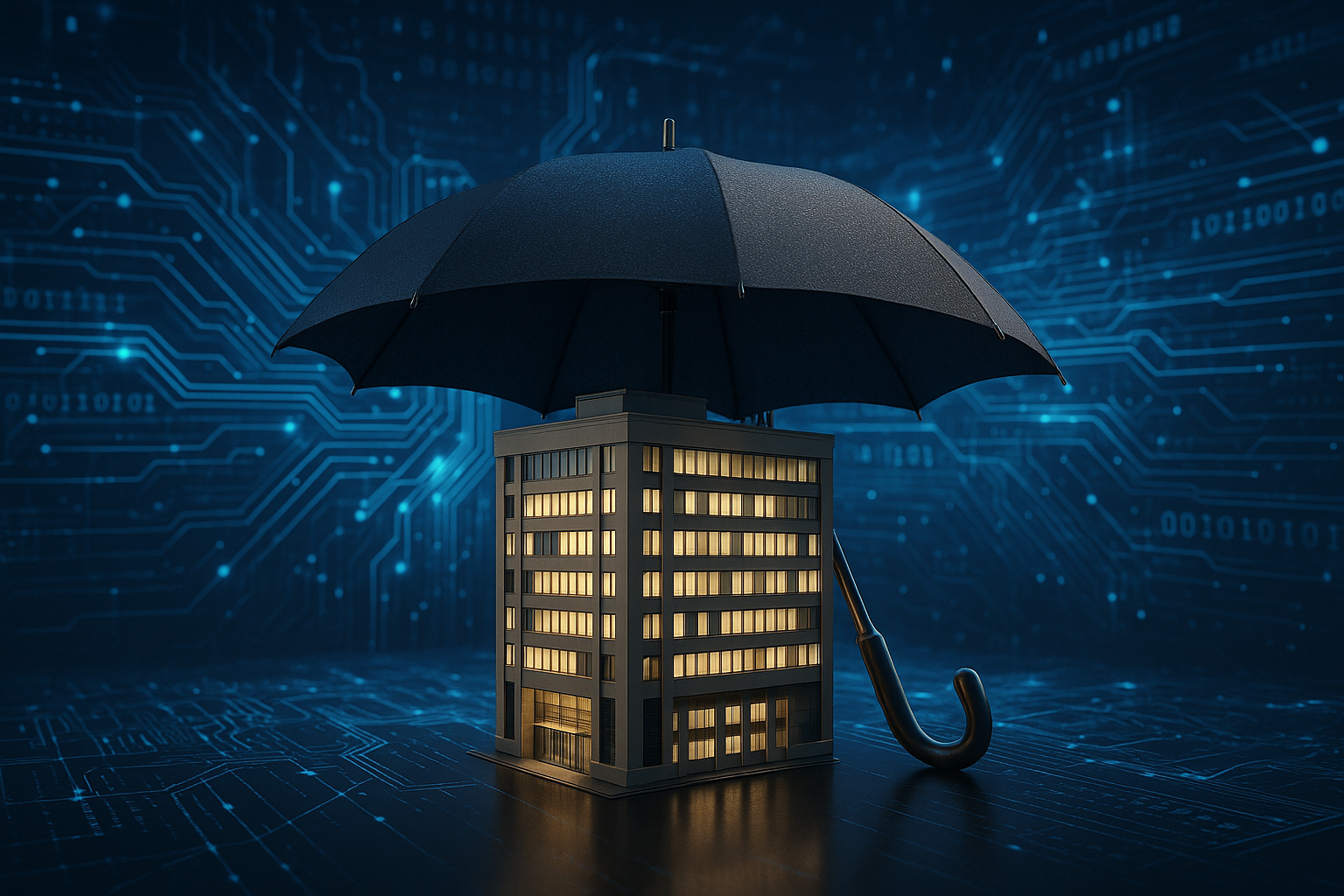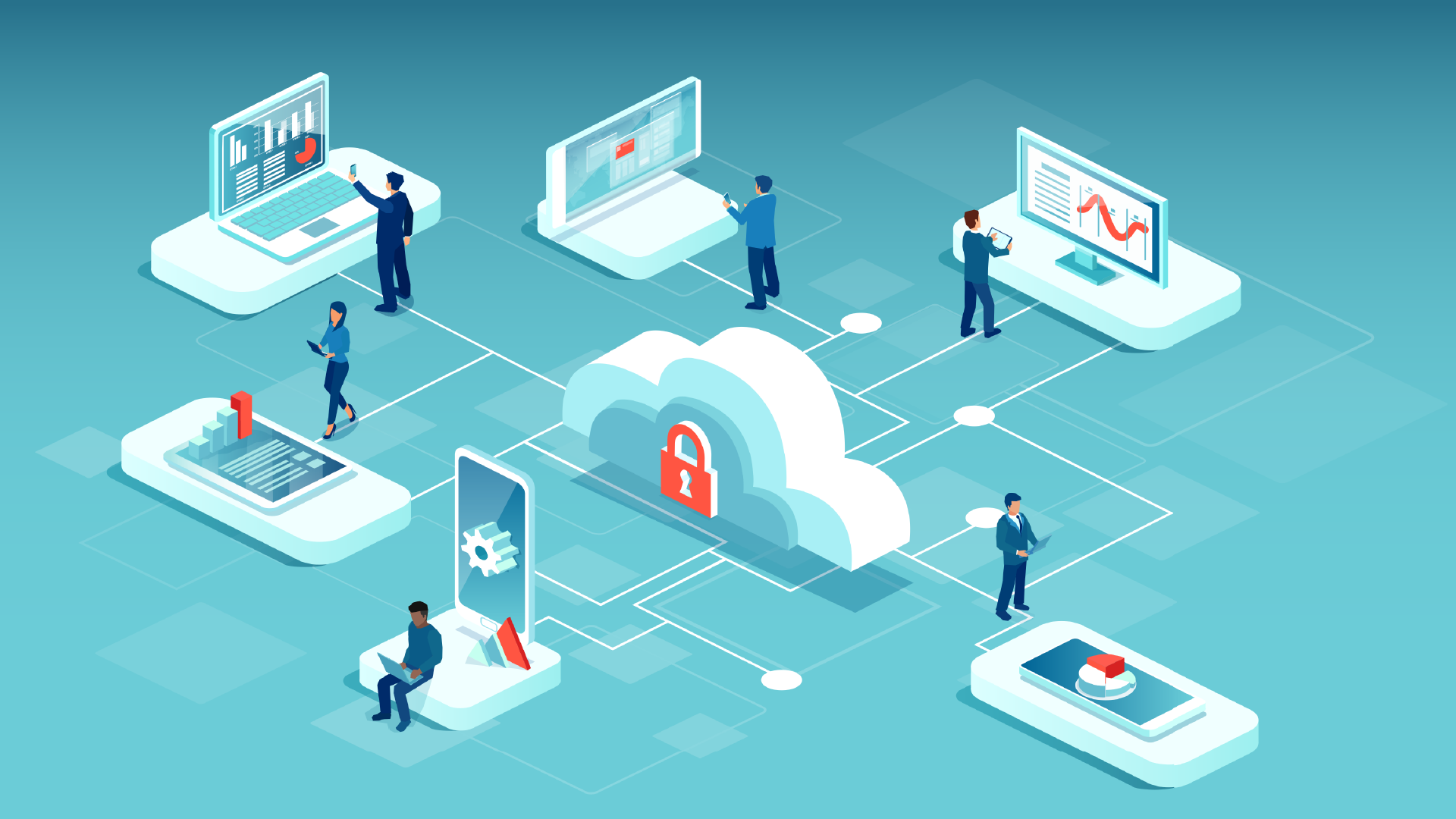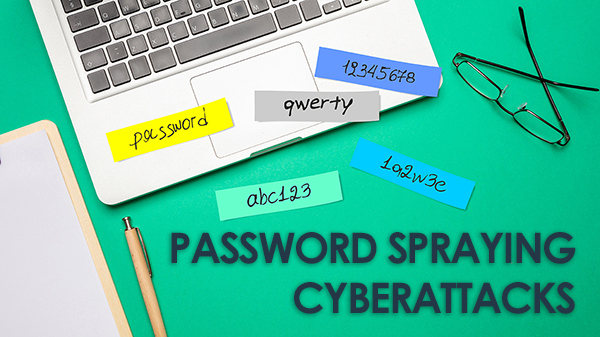The company's 110/110 assessment score confirms the maturity, rigor, and real-world readiness of its program to meet DoD standards and protect sensitive information.
Systems Engineering Earns CMMC Level 2 Certification with Perfect Score, Demonstrating Operational Cybersecurity Excellence
While CMMC compliance can feel complex, with the right guidance, it is entirely achievable. Every CMMC requirement is designed to safeguard Federal Contract Information (FCI) and Controlled Unclassified Information (CUI). For organizations pursuing CMMC Level 2 assessments, it means having clear, documented evidence that security controls are in place and function effectively.
Cyber Insurance in 2025: What Organizations Need to Know About the New Rules of Coverage
Cyber insurance has become a critical safeguard for organizations of all sizes—but understanding and securing the right policy is more complicated than ever.
It turns out moving your work to “anywhere” and your data to “everywhere” might mean rethinking how we secure “everything.”
Although cyberattacks on large companies make national headlines, today’s SMBs are just as likely to be targeted. Now that AI makes it possible to scale and add efficiency across the organization, AI also enables cybercriminals to deploy more sophisticated attacks efficiently and with greater precision. These threats aren’t coming in ones and twos—they’re automated, relentless, and designed to exploit even the smallest weakness. According to the World Economic Forum, almost 75% of organizations report rising cyber risks, with generative AI fueling more sophisticated social engineering and ransomware attacks and 42% saw an uptick in phishing incidents.
The need for cyber risk management is growing exponentially. The threat of cybersecurity risks within small—to medium-sized businesses (SMBs) keeps many business leaders up at night. The business-wide disruption that a successful cyberattack brings and the increasing number of SMBs falling victim to cybercrime each year mean cyber risk can no longer solely be the responsibility of IT.
As a business leader, are you aware of the latest cyber threats that could be compromising your company's security? Recently, we have witnessed a surge in a type of cyberattack known as password spraying, where cybercriminals exploit common usernames and passwords to gain unauthorized access.


.jpg)









